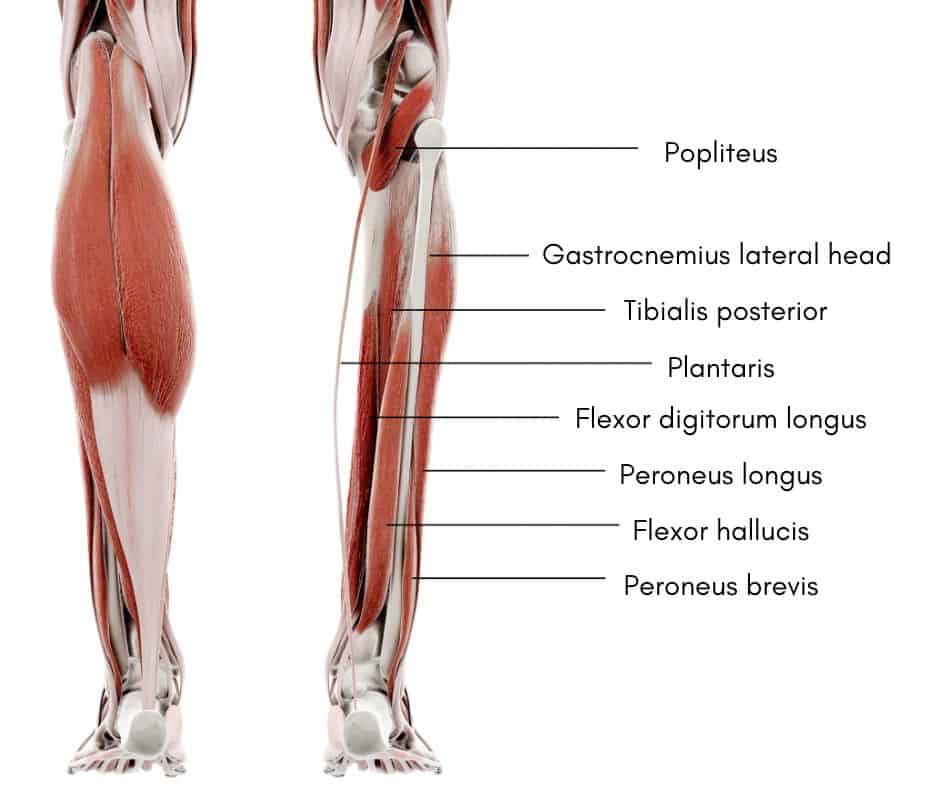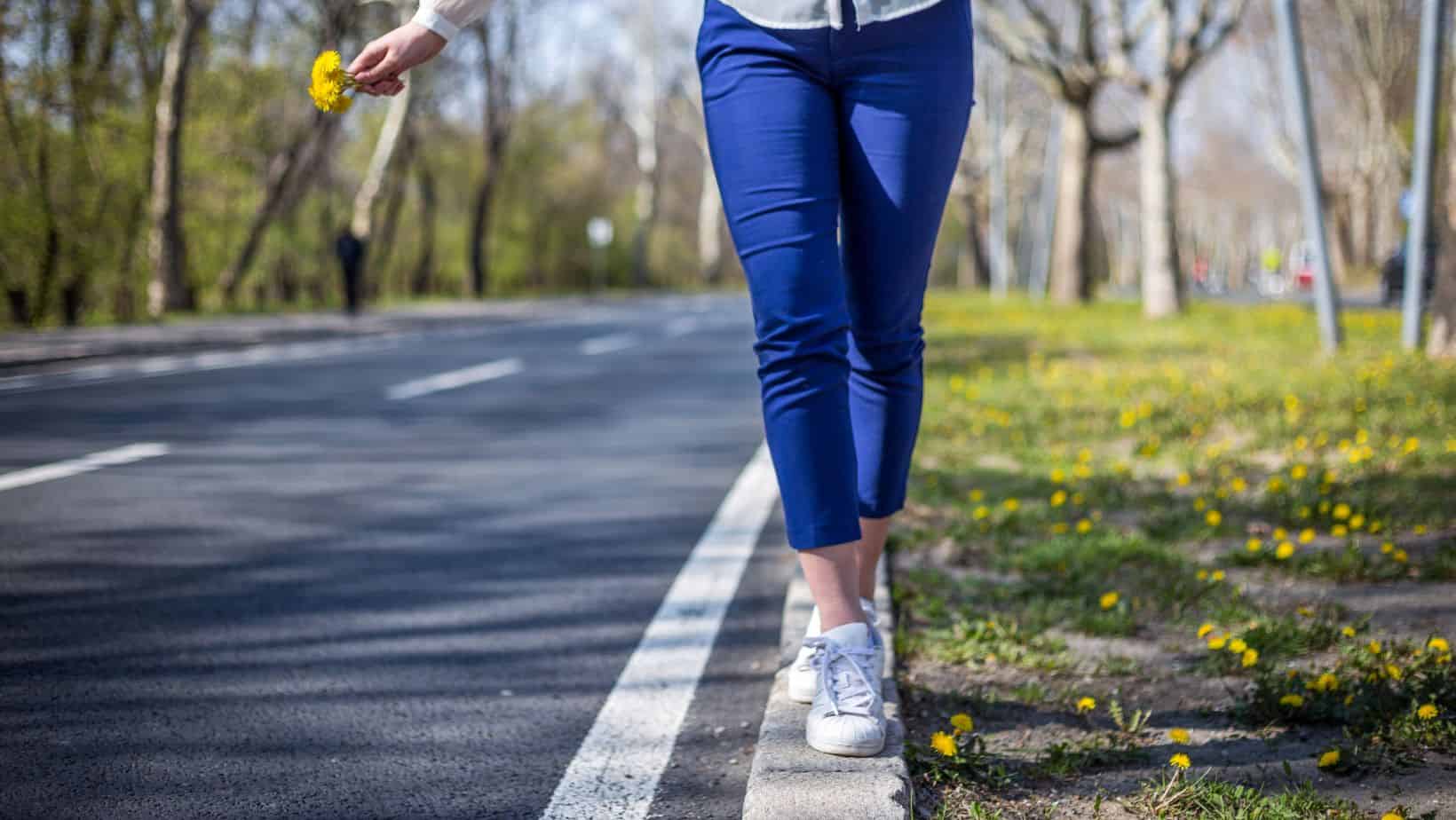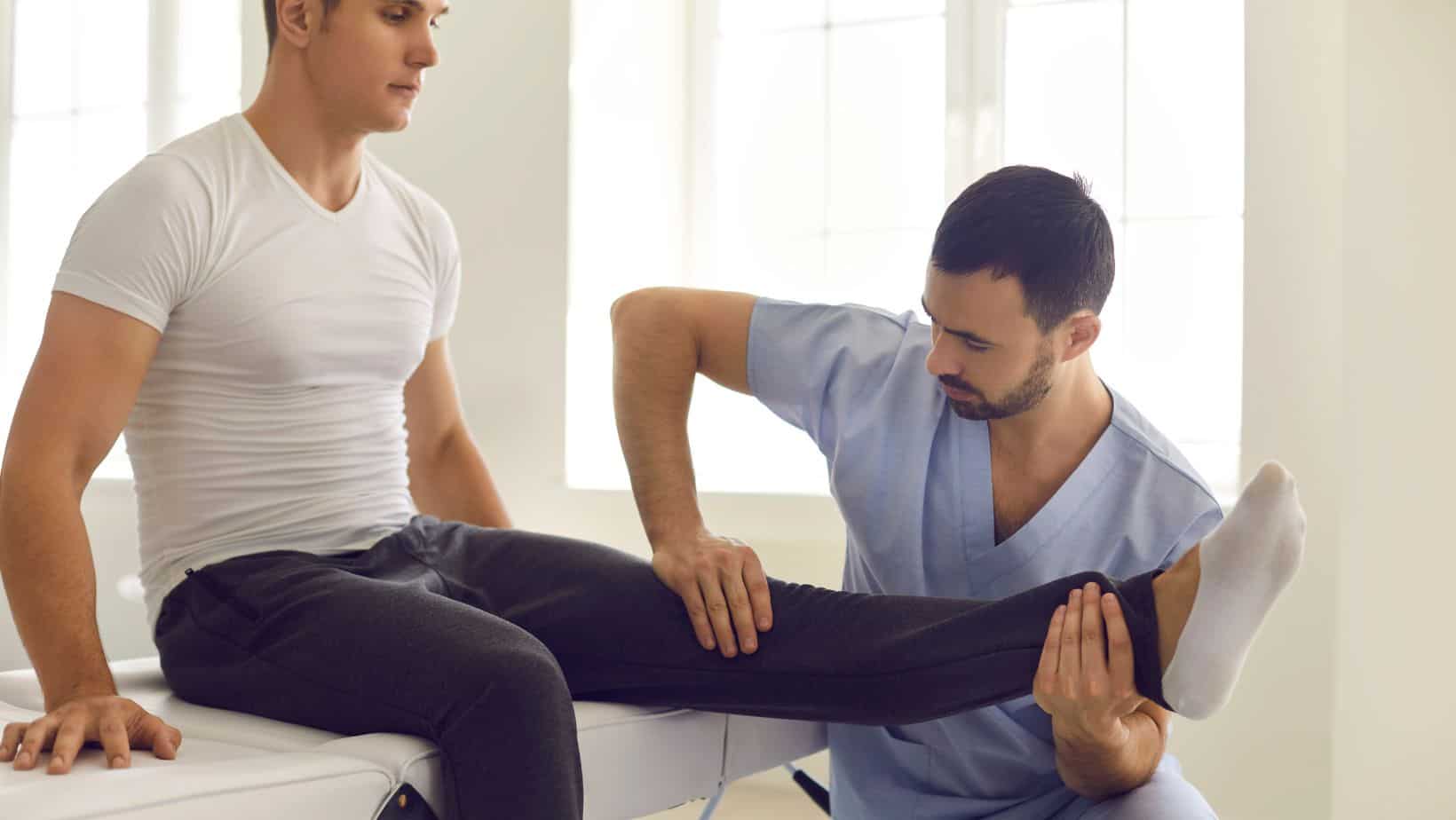Knee Hyperextension Brace
Read More >

The popliteus muscle is a small muscle at the back of the knee. It is a small and narrow triangular muscle that is flat. It originates from the lateral femoral condyle at the back of the knee, and the posterior horn of the lateral meniscus. It runs down towards the inside of the knee where it attaches to the medial side of the tibia, just below the tibial condyles.
The popliteus muscle is innervated by the tibial nerve, from spinal nerve root levels of L4, L5 and S1. It’s blood supply comes from two arteries, the popliteal artery from the medial inferior genicular branch, and the posterior tibial artery from the muscular branch.
Despite it being such as small muscle it plays a major role in the stability and subtle movements of the knee (Nyland et al, 2005):

Pain and injury to the popliteus are most likely to occur with hyperextension injuries. Most acute injuries occur from high forces, such as a road traffic incident or a sports injury. Therefore the popliteus can frequently be injured along with other structures at the same time. Commonly with posterior cruciate ligament, or posterolateral corner injuries. Popliteus muscle pain can also be a result of an overuse injury, a gradual overload over a period of time, often related to running, as well as sports with regular hyperextension of the knee such as bowling with baseball and cricket.

With a popliteus strain, the range of movement of the knee is likely to be reduced and pain will be felt at the back of the knee, usually more towards the outer side. It can be painful to weight bear on the affected leg, bend and straighten the knee, walk or climb stairs. In minor injuries, pain may only be felt with impact activities such as running. Assessment is done in clinic by a physical therapist or sports doctor who will assess the mobility of the knee and check for pain with specific movements. Pain with resisted external rotation of the lower leg, when sitting with knee and hip at 90º is a positive sign for this injury. This is known as the Garrick Test. Further indications of a popliteus strain are, swelling or bruising at the back of the knee, and confirmation may be gained with imaging from ultrasound or MRI.
Recovery and treatment from popliteus muscle pain or a popliteus strain is initially rest, to allow time for the injury to settle and the body to perform its processes of repair. During this phase ice may be used to manage pain, and a brace can help to protect the knee from any excessive movements. Once the injury has settled and pain is under control, gentle stretching and mobility can then be started in the early stages of rehabilitation, followed by strengthening of the other muscles at the back of the knee, including the hamstring and calf. Static and dynamic balance and proprioception are very important for a good recovery. The final stages of rehab will include agility training and sport-specific exercises.
This is not medical advice. We recommend a consultation with a medical professional such as James McCormack. He offers Online Physiotherapy Appointments for £45.
Related Articles:
Lateral Meniscus Injury
Medial Meniscus Injury
Hamstring Tendonitis Exercises
Hamstring Tendonitis Brace and Taping